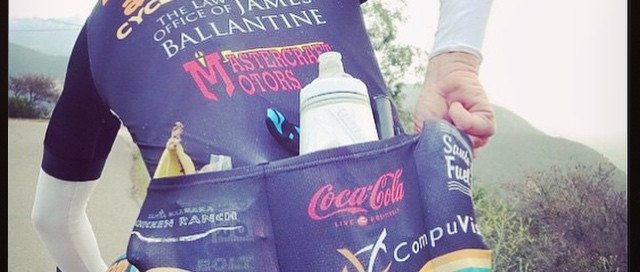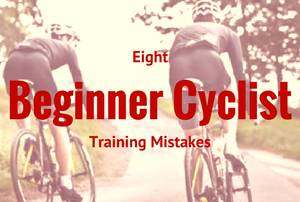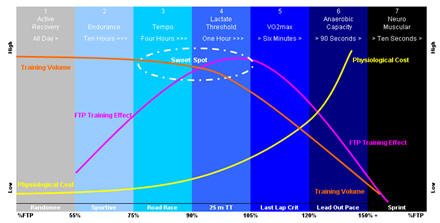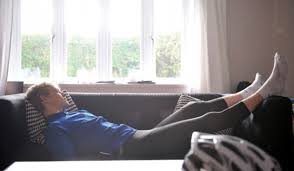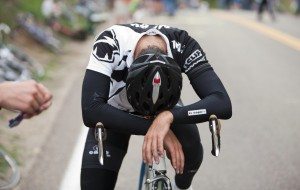Warning: A non-numeric value encountered in /home2/robdaman/public_html/tailwindcoaching/wp-content/plugins/fusion-builder/inc/lib/inc/functions.php on line 907
Warning: A non-numeric value encountered in /home2/robdaman/public_html/tailwindcoaching/wp-content/plugins/fusion-builder/inc/lib/inc/functions.php on line 908
Here you can find all the back editions of the Tailwind Coaching Cycling Podcast. Feel free to peruse these archives or head over to iTunes to find and rate the show. Each rating helps to move the Tailwind Coaching Podcast up through the ratings, improving it's reach. The more people I can reach, the more people can get these free tips on riding stronger and faster, and having more fun doing it.
If you enjoy the podcast and want to say thanks, consider doing your Amazon shopping through my affiliate link. It costs nothing to you and helps support the Tailwind Coaching Podcast.
Shop at Amazon.com and support the Tailwind Coaching Podcast
Video Quick Tip: Packing Your Pockets To Ride
Most of the people I see out riding have TONS of stuff with them; too much stuff in fact. They have a big saddle bag full of tools, bits and bobs and their pockets are bulging with tire levers, tubes, clothing, pumps, keys, maybe a kitchen sink and a partridge in a pear tree. The point is, the average cyclist takes far too much equipment with them on a training ride.
It's time to scale back a little bit and start getting some of the clutter out of your pockets (and saddle bag.)
Paring down to what you can fit in your back pockets can be freeing and you'll never forget something if you pack it all in systematically. In this short video quick tip, I'll show you how easy packing your pockets can be and you'll see that you can pack everything you need into your jersey pockets with room to spare.
Things I carry every ride:
- Energy Gel Flask (In case I spectacularly detonate during a long ride)
- Tubular/tubeless tire sealant (switched to a Lezyne Pump and tube and patch kit if I'm running clinchers)
- Multi-Tool (with a chain breaker attached in case you need it)
- Keys (car keys or house keys)
- Cleat covers (they have to go somewhere)
- My “goodie bag” which has my ID, credit card, cash, a cheque, racing license (I carry a paper copy as well) and a Chap Stik
- iPhone
You've still got room to roll up a wind vest or jacket, stuff in arm or leg warmers or gloves or shove a spare bottle into your pocket. And you don't have to root through tons of stuff every time you stop and want to get your card out to pay for a cup of coffee.
Any questions or comments, feel free to leave them below and don't forget to share this video tip with your friends and help them out too.
Podcast: Play in new window | Download (12.0MB)
Subscribe: RSS
Beginner Cyclist Training Mistakes (Podcast #64)
We were all beginner cyclists at one time. There's nothing like the thrill of trying something new and seeing ourselves improve quickly. Beginners typically improve the fastest out of anyone when they start training, but they often make major training mistakes and not even know it. These training mistakes tend to limit the fitness gains beginners see and cause them to get discouraged or frustrated and even cause them to stop riding. That's a huge issue for anyone who's new to cycling.
I'll tell you something else, too. Beginners aren't the only ones who make these mistakes. Even long-time veterans to the sport can get caught out making these training mistakes that will hurt their fitness and skill progression.
In this podcast, I'll cover these big training mistakes and give you tips on how to correct them. So click through and find out if you're making these training mistakes:
Get More Sweet Spot Training
Sweet spot training is one of the biggest “bang for your buck” workouts available to an athlete, especially early in the season. WEven when you're late into a season, sweet spot training can give your regular interval work a significant boost. Even once your season has been shut down and you're cruising through the off-season, some weekly sweet spot training can help to keep your fitness from degrading too much as you wind down and rest.
Unlike high-intensity interval work, sweet spot training takes longer and leads to slightly different adaptations. It takes up a little more time than typical high-intensity interval training, but it is easy to recover from and the value per minute of training is huge.
In this podcast, I'll go through the definition of sweet spot training, some of the benefits and some ways to get more sweet spot training into your workouts. As a bonus, you can pick up a free copy of my power testing and fatigue resistance tool (which I'll explain how to use during the podcast) at the end of the show notes!
Don't forget to share with your friends and click through for the show notes:
Am I Overtraining? How Can I Prevent It? (Podcast #62)
Athletes are a notoriously hard working bunch, carving out a dozen or more hours each week to train for their chosen sport. Especially with cycling, there is a misconception that “more is better” and it often leads to overextending yourself. Remember that training stress stacks up on every other stress in your life: family, work, kids, paying bills, doing tasks around the house, etc. It's easy to turn a blind eye to the stress you deal with every day and focus solely on your training stress, but in reality, you're doing yourself a disservice.
This is generally the reason the busiest athletes find themselves stuck in an every declining spiral of training, declining performance and training harder, hoping to reverse the trend. Overtraining is a condition where the body is taxed beyond it's ability to recover, and is a very real condition that I see in a certain percentage of athletes. And yes, it's mostly the guys who get up at 4AM to train for 2 hours, get to work by 7AM, work hard all day, get home by 6PM only to eat, walk the dog, spend time with kids and go to bed late.
Then they repeat it the next day.
And the next day, and the next, over and over.
When performance starts declining, typically they add more training, maybe an after-work session or a longer morning session, hoping to see the trends reverse and performance to climb again. Usually, it doesn't work, overtraining sets in and suddenly, they've dug a deep hole they're stuck in.
In today's podcast I'll discuss the signs and symptoms of overtraining as well as some of the ways to dig yourself out of the overtraining hole if you find yourself there. Don't forget to leave comments below or on the Tailwind Coaching Facebook page, don't forget the coupon code at the end of the show notes and don't forget to share with your friends by clicking the bubbles on the left of the page!
Breaking Through The Cycling Plateau (Podcast #61)
When your training is going great, nothing can crush your motivation like hitting a cycling plateau. Those weeks where you just can't seem to find a couple more watts, a couple more tenths of a MPH, or a few more seconds on that climb can be hugely demoralizing. But you have to realize that plateaus are a normal part of training progression and that progression can't progress forever in a linear fashion.
In this podcast, I'll teach you a couple of important things. You'll learn the questions to ask to determine if you've sabotaged your own fitness gains or if you're truly stuck on a cycling plateau. If your fitness is stagnant, you'll find out how to roll with the situation and break through the plateau.
Click through for the show notes, and I encourage you to subscribe to the Tailwind Coaching Newsletter, because I'll be providing you with a series of workouts to help you punch through your cycling plateau!
